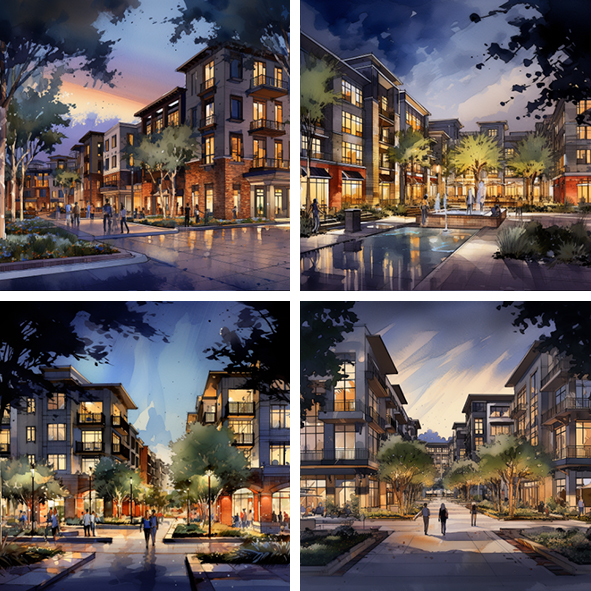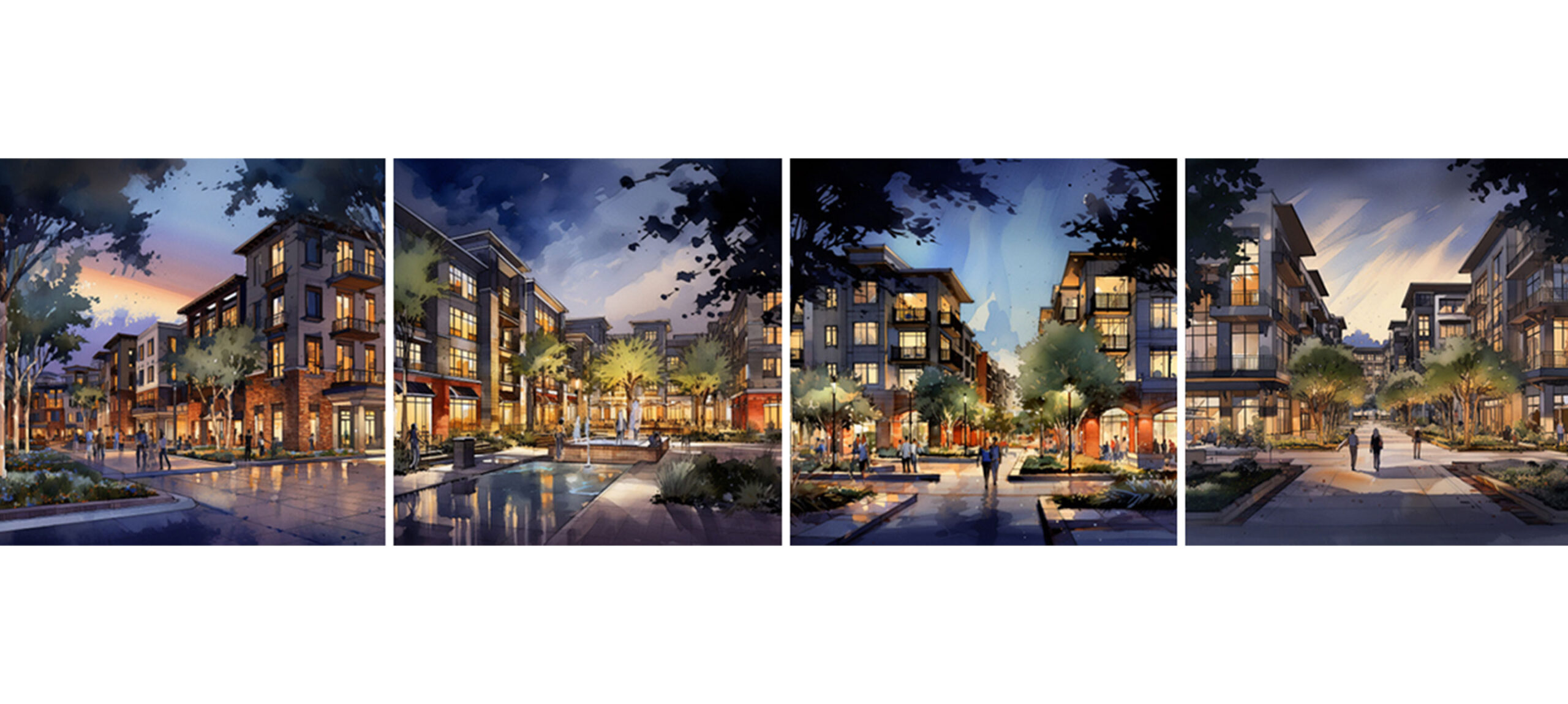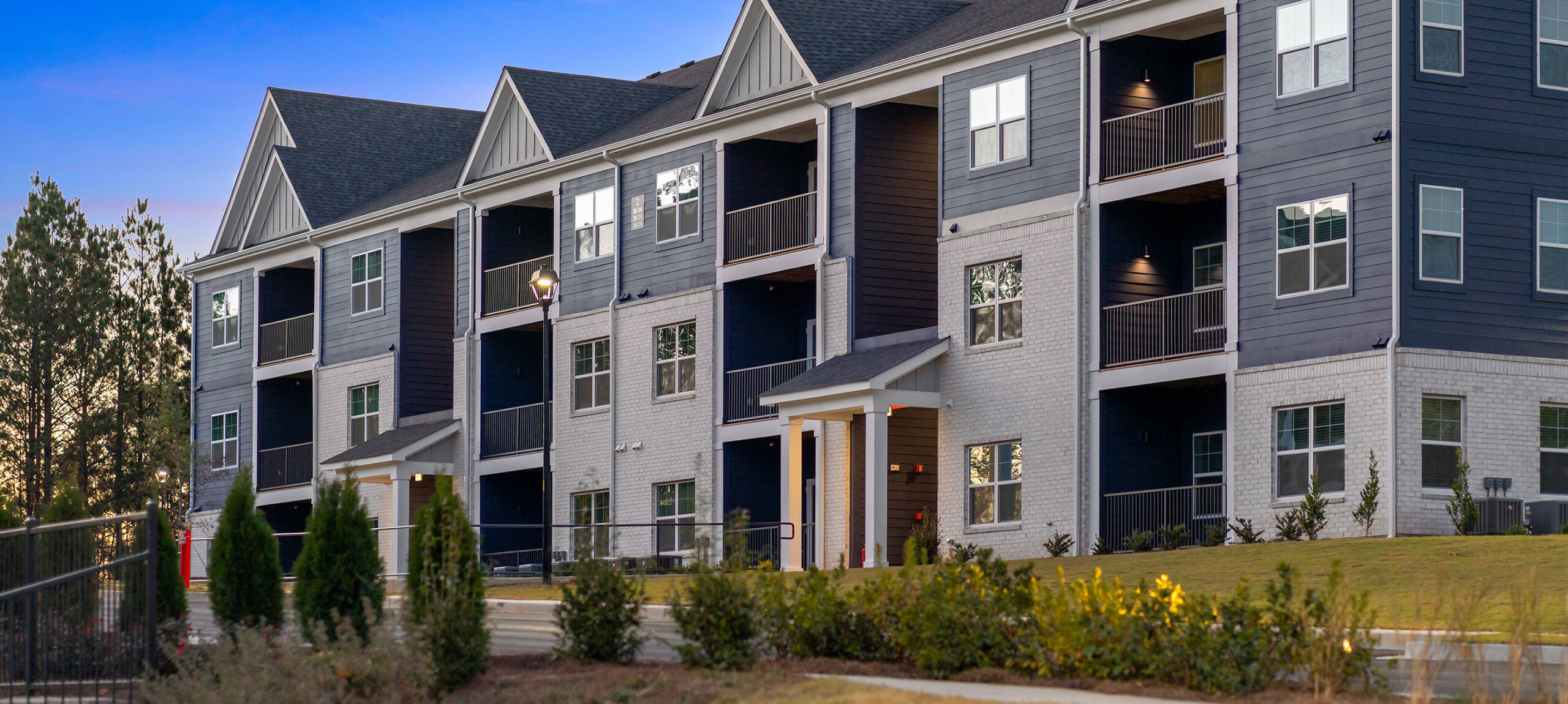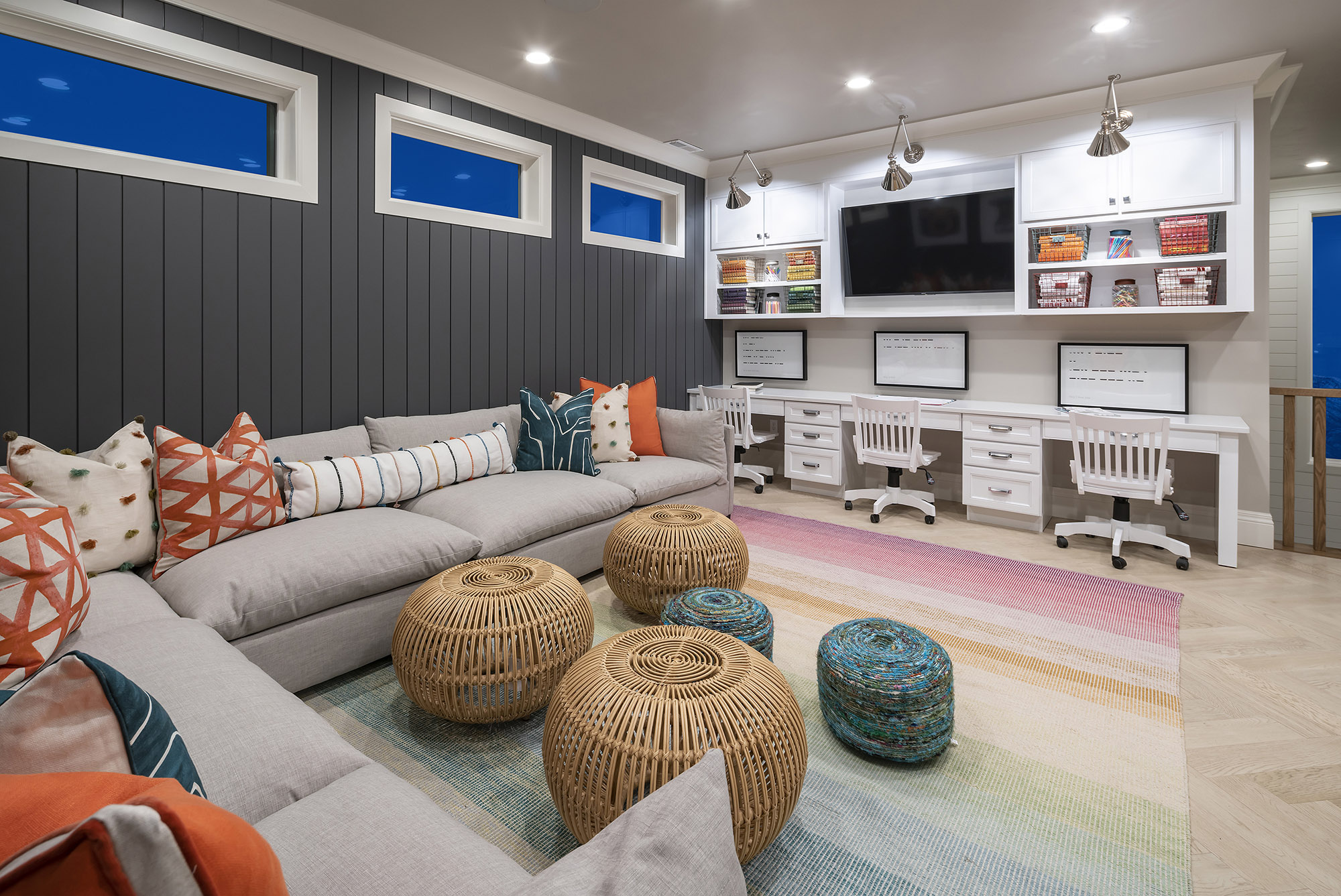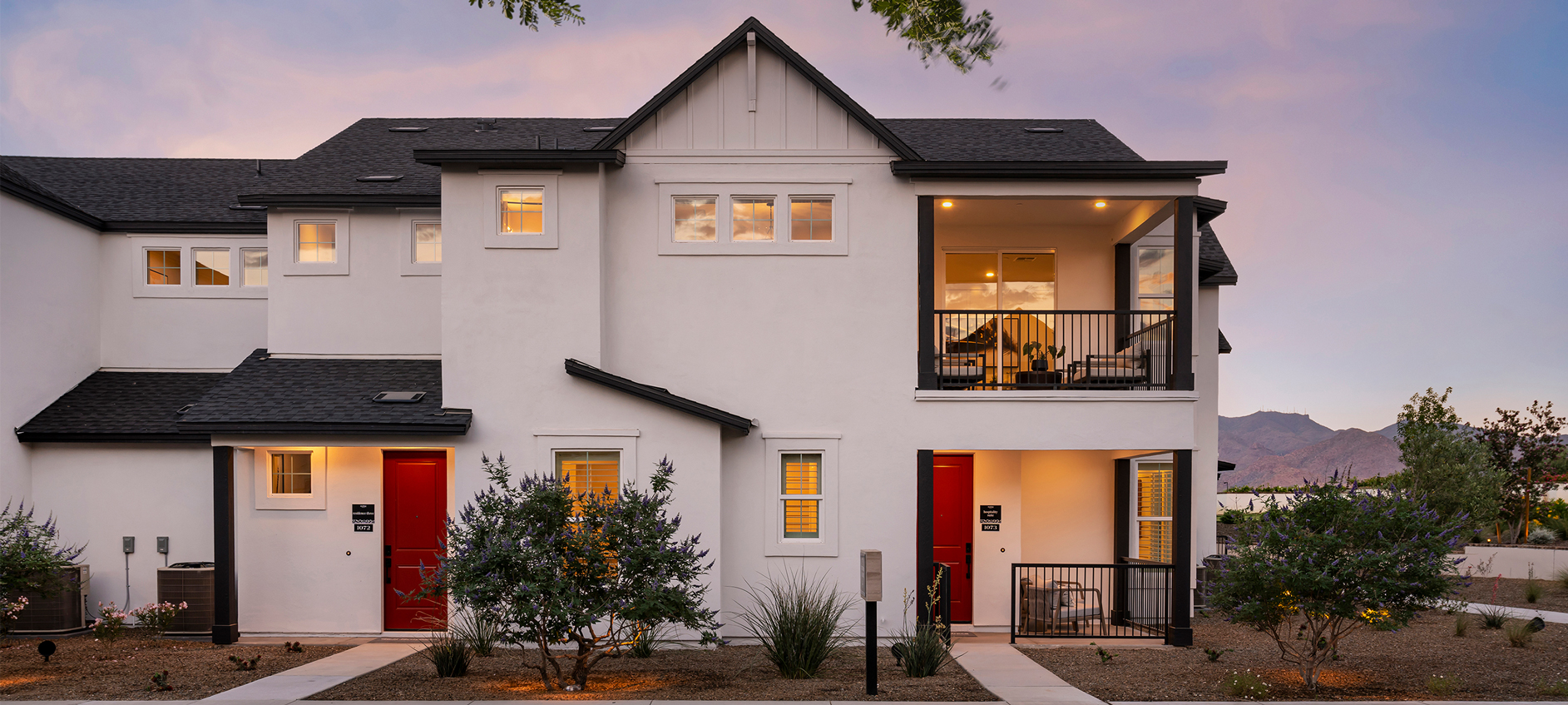Effective use of generative AI tools for conceptual design
Artificial intelligence tools can streamline the design phase to reduce time to market. But the key to unlocking AI’s full potential requires strategic insight from design professionals.
Case Study:
A new project design program called for a mixed-use multifamily building with three floors of residential living over one floor of retail at the street level. The project would be located in a coastal location, and the client desired contemporary architecture that featured subtle tones and colors of reds, oranges and neutrals.
To jump-start the conceptual design conversation, the team tested generative AI by using Midjourney to develop some initial ideas. Expectations were clear from the outset:
- AI would be one of the tools used by the team, not the only option.
- The team understood that results from Midjourney might be unpredictable or unrealistic.
- The intent of the exercise was to provide a foundation for further discussions about design, not to produce a final, working model.
The developer and BSB Design created separate AI generated building ideas to share with the project team. The results illustrate the importance of design expertise when working with generative software tools in order to obtain usable, realistic options.
Results:

The developer’s attempt generated an image of a three-story office building with an ethereal mermaid-esque “sculptural painting” in the foreground. The AI incorporated the desired colors but ultimately focused on ocean themes (note the jellyfish and other marine life swirling around the sculpture) in an attempt to meet the “coastal” location parameter. The building is depicted as only three stories without a first-floor retail connection. It resembles a typical office building that lacks any of the client-requested architectural style and character.
BSB Design completed a separate conceptual exercise. The team creatively manipulated the AI prompts from the outset and refined the process by applying architectural specificity, building configuration identifiers, and lessons learned to generate a concept that provided the client with a clear vision of the site’s potential. It addressed all of the requested program elements in a realistic buildable solution.
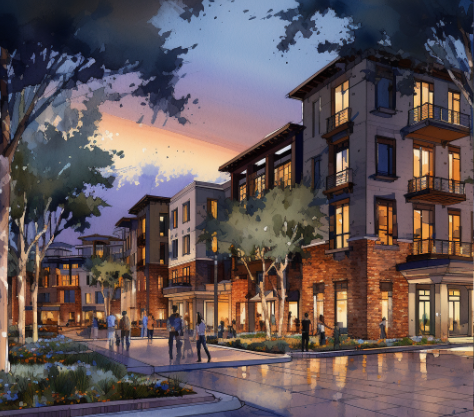
For the presentation image, BSB Design selected an artistic treatment resembling a watercolor painting. From experience, our architects know that early design sketches are often better received when they maintain an edge of unfinished creativity instead of sharply rendered 3D modeling. They also chose the most relevant example from Midjourney’s typical four-image output to expedite the initial conversations with the client.
Summary:
In this situation, the ability to quickly create a building design concept took two distinct paths: One that missed the mark and one that helped further define the team’s overall project goals. By approaching generative AI as another tool in the architect’s toolbelt, BSB Design used an AI elevation concept as the impetus for further design conversation about this new project. The built result may or may not resemble the concept in the end, but by creating a high-quality AI generated conceptual design, the team saved weeks of time, advancing the project past the conceptual phase much more quickly than by using the traditional process.
Additional AI Output Examples from Case Study (not shared with client):

Selected AI Output Examples:
